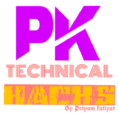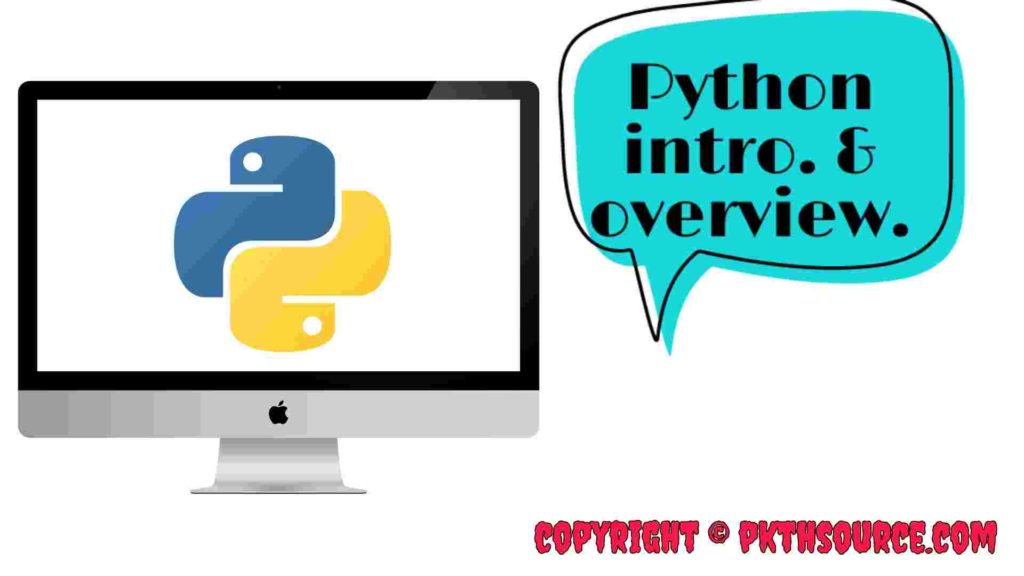Basics & overview of Python.
Introduction
Python is easy to learn and very powerful, interpreted, interactive and object-oriented programming language. It is a very high-level programming language yet more powerful than other middle-level languages like Java, C, C++, etc. Its keywords are very much influenced by the English language, while other languages prefer to use punctuations.
Some facts about Python.
- Python was developed by Guido Van Rossum in 1991 at the National Research Institute for Mathematics and Computer Science in the Netherlands.
- Python is very much influenced by two programming languages and it also uses some of the concepts of ABC language (a teaching language created as a replacement of Basic) and Modula 3.
- Python was named after a famous BBC comedy show named Monthly Python’s Flying Circus.
- Python does not need a compiler. It relies on an application known as an interpreter while middle-level languages like java and C++ needs to be compiled first before being interpreted.
- Python is one of the official languages at Google.
- Python file has to be saved with a .py extension.
- Python is an open-source language, Its source code can be accessed and modified by everyone as per the requirement of the project. You can for free from www.python.org and use it to develop interesting programs.
Characteristics and features of python.
1. Easy to Use.
Python is very easy to use object-oriented programming language with very simple syntax rules that makes it programmer-friendly.
2. Expressive language.
It is more capable to express the code’s purpose than many other languages. The reason behind this is straightforward syntax, fewer lines of codes and simple structure.
3. Free and open source.
Python language is freely available i.e you can modify, improve and extend as per your requirement.
4. Easy to Debug language.
As I have mentioned above that python is an interpreted language. This means that python interprets and executes the code line by line at a time that makes it an easy-to-debug language and suitable for beginners as well as for advanced users.
5. Portable or Cross-platform language.
Python can run on a wide variety of platforms i.e windows, Linux/UNIX, supercomputers, Macintosh and has the same interface on all platforms.
6. Databases and libraries.
Python provides all types of commercial databases. It also provides all types of additional libraries during installation.
Usage of Python.
Python has involved into a powerful, complete and very useful language over these years. It is used to create web and desktop applications like Youtube, Instagram, Spotify, etc. are developed using Python and it also used in many diverse fields some of which are:-
- Scripting
- GUI programs
- Rapid Prototypes
- Game Development
- Database Applications
- System Administrations
- As I have mentioned above in Web applications also.
So If you want to be with us in the journey of learning Python then you can follow our series of learning Python don’ t worry It’s absolutely free. In this series, we will provide information from beginning to advance level and we will also provide video demonstrations if required. If you have any confusion or suggestion then please let me know in comment section it means a lot for us.
Thank You.

